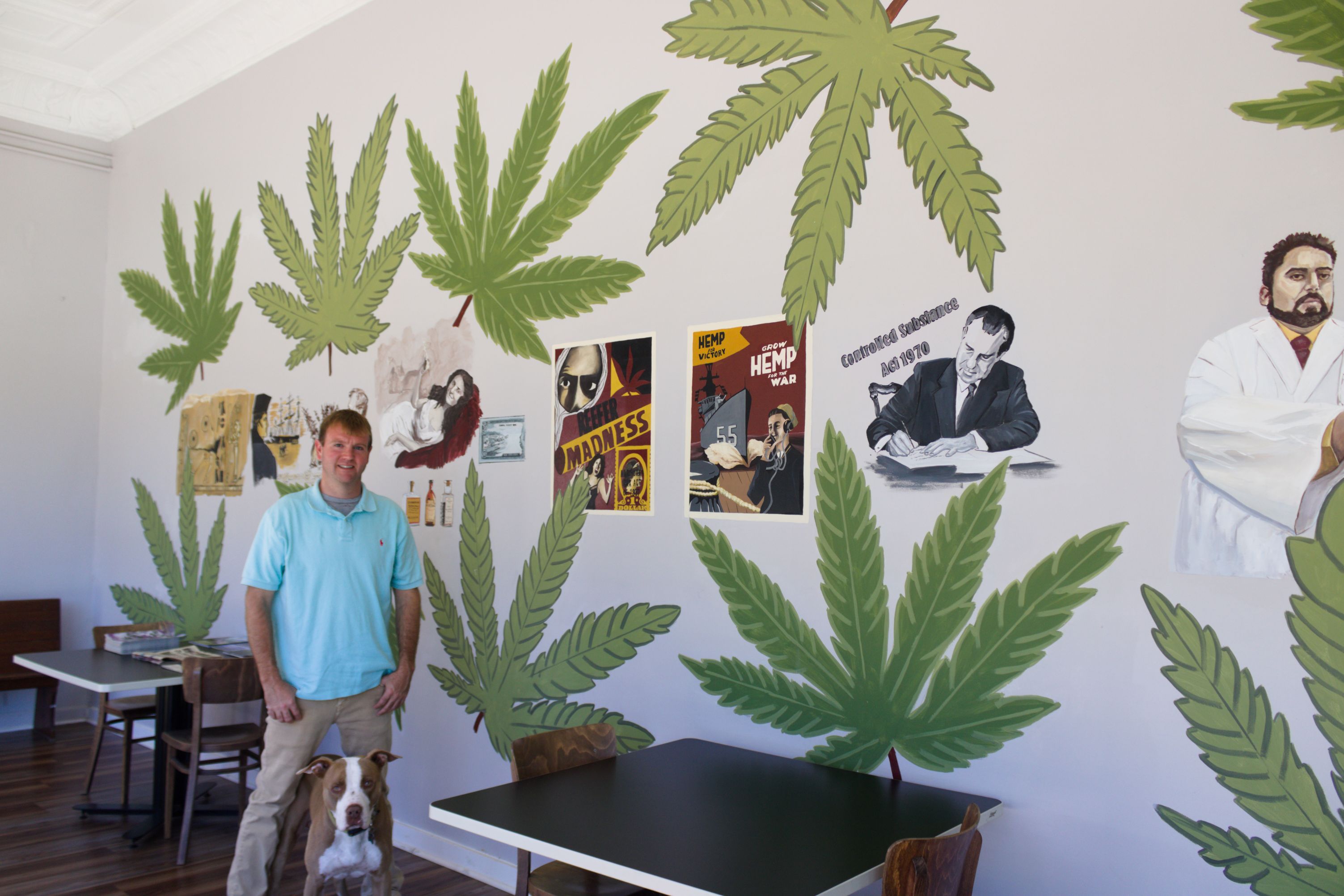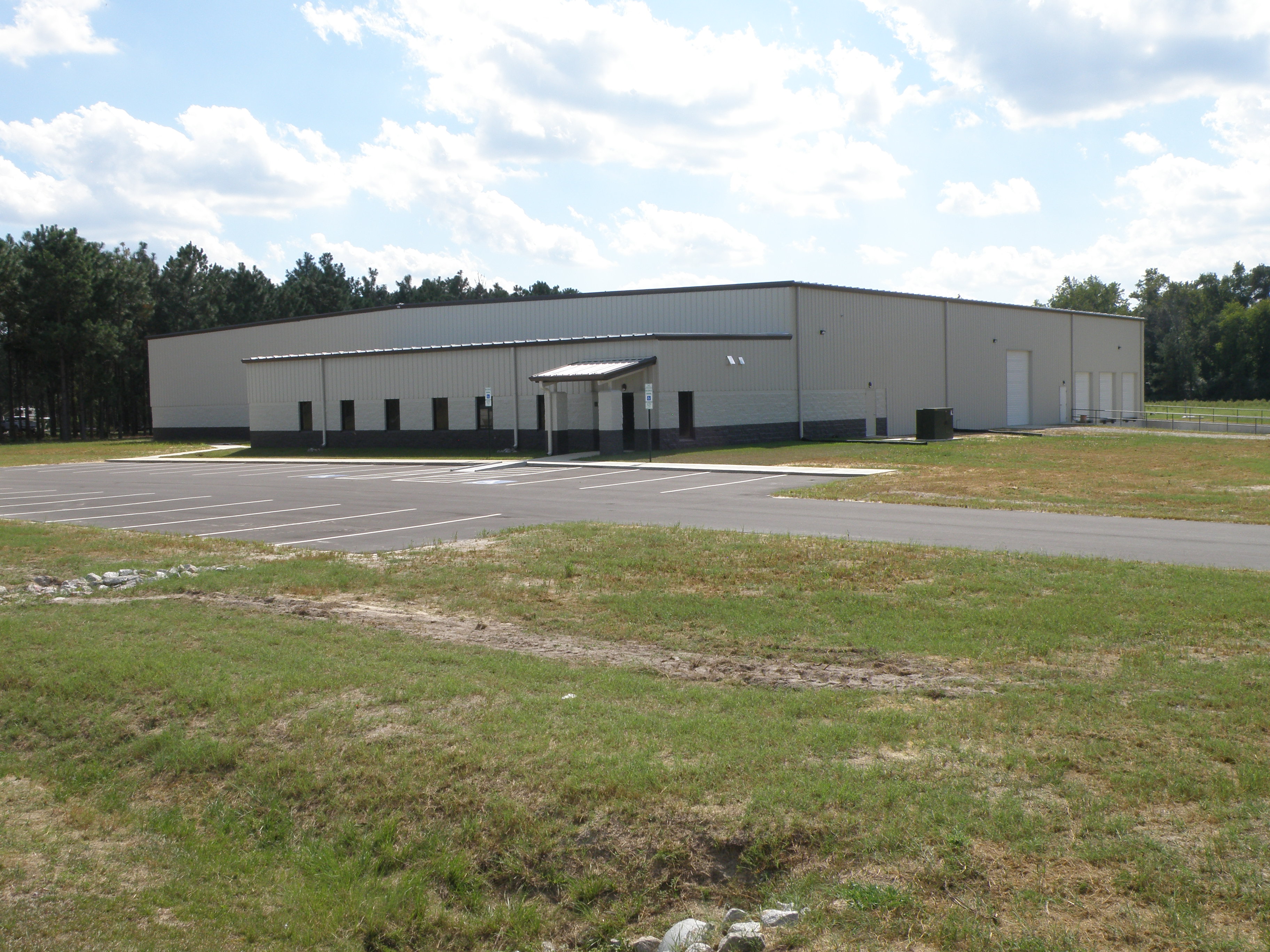Each February, health care providers and organizations join together to educate patients on the importance of cardiovascular health. Heart disease is the leading cause of death worldwide, but healthy living choices and early detection of the signs of cardiovascular problems can improve your chances of survival.
Cape Fear Valley Medical Center (CFVMC) has established a comprehensive cardiovascular care program to enhance care and improve outcomes for our cardiovascular patients. With first-hand knowledge of this program and its benefits, I have served as a Comprehensive Cardiovascular Coordinator at CFVMC’s main campus for eight years, and as a nurse in the Emergency Department (ED) and Cardiac Catheterization Laboratory (cath lab) prior to my current role.
Our program is anchored in evidence-based care and the evidence-based measures prescribed by the American College of Cardiology & American Heart Association. To ensure continuity of care and improve patient outcomes, CFVMC takes cardiovascular care one step further with the data-driven approach we take to treating patients who experience cardiac emergencies. It is important to note that a heart attack & a cardiac arrest are two completely different events. Not all cardiac arrests are caused by heart attacks and not all patient suffering from a heart attack suffer a cardiac arrest.
As the Comprehensive Cardiovascular Coordinator, I follow all CFVMC patients who arrive having a heart attack in cardiac arrest or who have cardiac needs while being treated at our hospital. In this patient liaison capacity, I interact with all cardiac patients during their visit and collect data to ensure every patient receives the best, evidence-based care during their visit. I extract data from their chart, including their EMS record and throughout their hospital stay to track the care they have received and their outcomes. To document a detailed history, I record the time the patient called EMS, the time EMS arrived, and how long EMS treated the patient on the scene.
CFVMC’s STEMI Activation system works to ensure the highest level of patient care. While enroute to the Emergency Department, the EMS personnel notify our ED of an incoming cardiac emergency and transmit the patient’s electrocardiogram (EKG), enabling the ER physician and cardiologist to review the EKG before the patient arrives and prepare a treatment plan.
Once the patient arrives, I track the time elapsed from when the patient enters the ED door until they are admitted to the cath lab. While 90 minutes is the average Door to Device time (the time it takes from the patient’s arrival to our facility until the first device is activated in the cath lab to open the blocked vessel), CFVMC’s goal is 60 minutes or less, time savings supported by our systematic collection and review of patient data.
If I note delays anywhere in the process, whether related to EMS, ED, or cath lab care, I work to address these delays immediately. Any delays are reviewed & discussed in monthly interdisciplinary meetings with team members to identify ways to improve patient outcomes. In addition, I follow patients after their visit to ensure they have the appropriate support for follow-up care, such as specialty follow-up appointments, primary care appointments, or availability of prescriptions. This comprehensive care model helps ensure patients don’t return to the ED with a similar cardiac emergency.
Not only am I a cardiac care professional; but I also have been a cardiac patient at CFVMC two times, affording me insight on how the program runs through the eyes of a patient.
In 2019, I had a STEMI (ST-Elevation Myocardial Infarction), aka: a heart attack, caused by a spontaneous coronary artery dissection (SCAD), a rare but serious cardiac condition for which the cause is often unknown. I received fantastic care at CFVMC and did not have any issues for three years. Then, last November at the end of an otherwise normal day, I experienced a horrific pain that started in my shoulder and radiated into my chest and back.
Sensing that something was wrong, I told my husband to call 911. Once EMS arrived on the scene, they quickly performed an EKG that showed I was having another heart attack. They transmitted my EKG from my living room to CFVMC, took me to the ambulance, and started an IV. I remember feeling like I was about to pass out. It was at that time I went into cardiac arrest. Just four minutes had elapsed between when EMS arrived at my home until I went into full arrest.
When I arrived at CFVMC, I was met by the cardiologist on call and was quickly taken to the cath lab. They found that I had another SCAD in my left anterior descending artery. I was admitted to the hospital for 5 days before going home with what is known as a “life vest” (an external defibrillator). In December, I had a permanent internal defibrillator placed.
I was lucky to survive. My experience shows the key to surviving a heart attack is recognizing the symptoms early and calling 911 quickly. I survived because I called 911 as soon as I realized something was wrong and was in the ambulance when I went into cardiac arrest. If I had waited four minutes longer to call 911 or had attempted to drive myself, I likely would not have survived.
Keep in mind that while certain risk factors such as family history, diet, activity level, or smoking can contribute to heart attacks, some people who experience heart attacks don’t have these risk factors. Listen to your body and realize that heart attacks can present differently in women, diabetics, and the elderly, to name a few. Additionally, while more men have heart attacks, mortality rates are higher for women because they don’t believe it’s happening to them and wait to seek care.
If you feel chest discomfort, unusual restlessness or shortness of breath, or are pale or sweaty, you may be experiencing a cardiac emergency. Trust yourself and don’t hesitate to call 911. Don’t risk your life or delay your care by attempting to travel in a car to the emergency department. You risk going into cardiac arrest enroute or suffering any number of other emergencies. Calling emergency services may make the difference in whether you survive.
Whether you have an emergency need or require regular cardiac care, you can count on Cape Fear Valley to provide you with the best data-informed, evidence-based care.

Keith Dunn began farming hemp in 2017. A few weeks later he founded East Carolina Hemp Supply. After years of slow but steady growth, Dunn hopes to one day be able to build a hemp processing plant in North Carolina to boost the industry and local eco

Photo provided by Bladen County Economic DevelopmentVectorTex USA, LLC, a product developer and technology company, will create 44 new jobs in Bladen County. The company will establish its first North American manufacturing facility in Elizabethtown.